Washington is one of the most adventure-rich states in the US, with topography ranging from temperate rain forests to high-desert plains.
Natural features like glaciated mountains, active volcanoes, accessible hot springs, alpine lakes, and a variety of animals may be found in the state’s various state and national parks.
Check out our selection of the greatest state and national parks in Washington whether you’re looking for a little adventure, a multi-day trip, or simply a view to remember for years to come.
Mount Rainier National Park
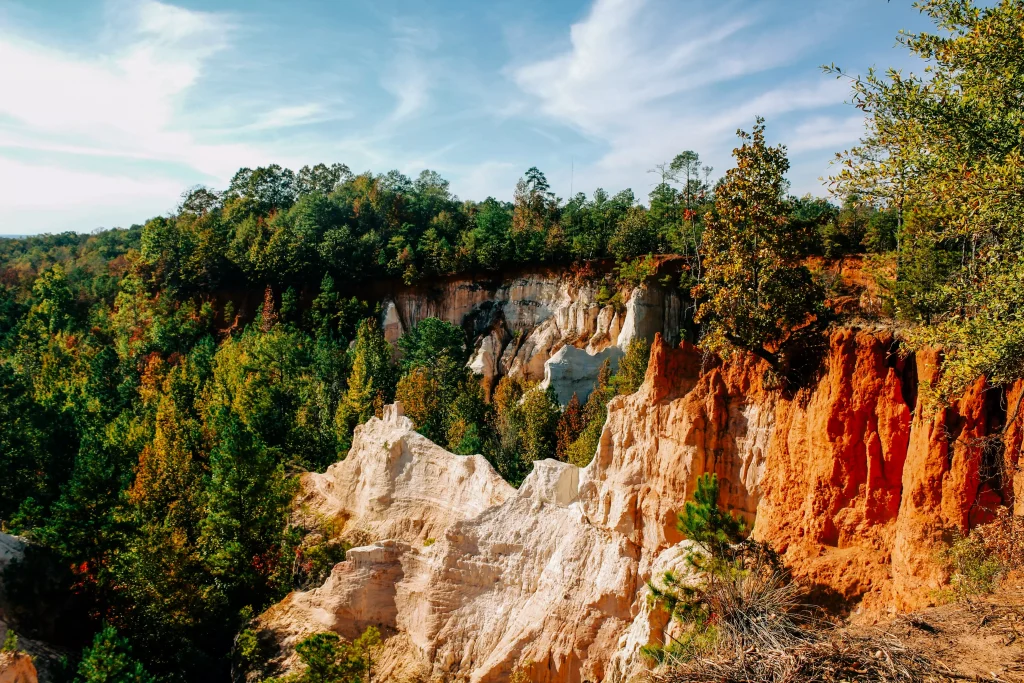
The MT Rainier National Park. Mount Rainier is the most famous summit in Washington, rising 14,410 feet above sea level. The national park that surrounds this active volcano is also one of the most beautiful in the country. Visitors to Mount Rainier National Park may be found exploring the subalpine meadows, alpine lakes, and craggy summit in the spring, summer, autumn, and winter.
The park is 350 square miles in size, including 260 miles of hiking paths. There are 25 glaciers on the peak itself. With so much to see and do, the greatest question for your next adventure is where to start. Hiking is the greatest method to see the park’s natural regions.
The amount of day walks accessible at Mount Rainier seems to be unlimited, with six distinct hiking districts, including the aptly called Paradise Area. The variety of hiking paths appeals to hikers of all abilities. The Skyline Loop Trail in Paradise is well-known for its breathtaking scenery.
On the Naches Peak Loop at the White River Entrance on the park’s east side, wildflowers bloom in all directions. The world-famous Wonderland Track, a 93-mile trekking trail that encircles Mount Rainier’s whole base, is immensely popular.
Dry Falls State Park
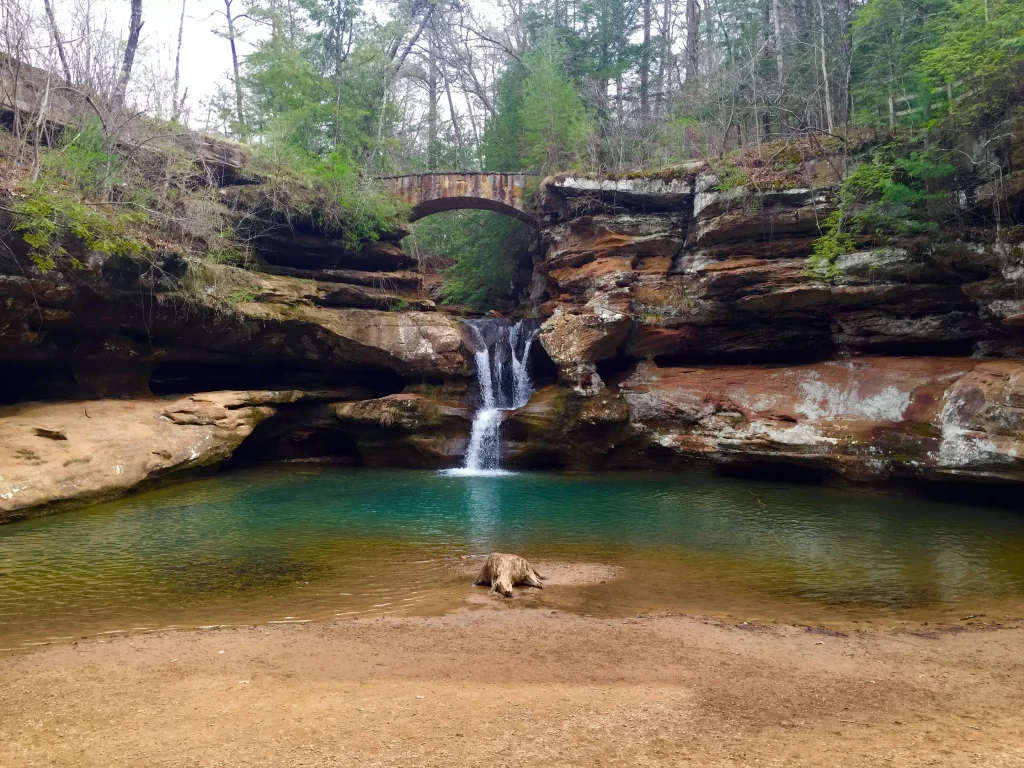
One of the better camping spots on our list. Sun Lakes-Dry Falls State Park, located in Eastern Washington’s high-desert landscapes, is a geological treasure waiting to be discovered. Today, Sun Lakes-Dry Falls exists as a skeleton of one of the world’s largest waterfalls.
It’s also a tribute to the incredible acts of nature that shaped so much of Eastern Washington, Idaho, and Montana’s landscape. Dry Falls, which is more than 3.5 miles wide and has a 400-foot plunge, would have eclipsed Niagara Falls in its heyday.
It now offers a wide range of sightseeing options and activities for visitors. Boating on the glacial lakes and tributaries that have been left behind is a popular pastime. Hiking the park’s 15 miles of well-maintained trails is also a great activity.
You will have the best time in this park. The park’s Visitor Center has interesting displays about Sun Lakes-Dry Falls’ history and construction. The Sun Lakes Park Resort, which offers pleasant accommodations, is also located inside the park.
Deception Pass State Park
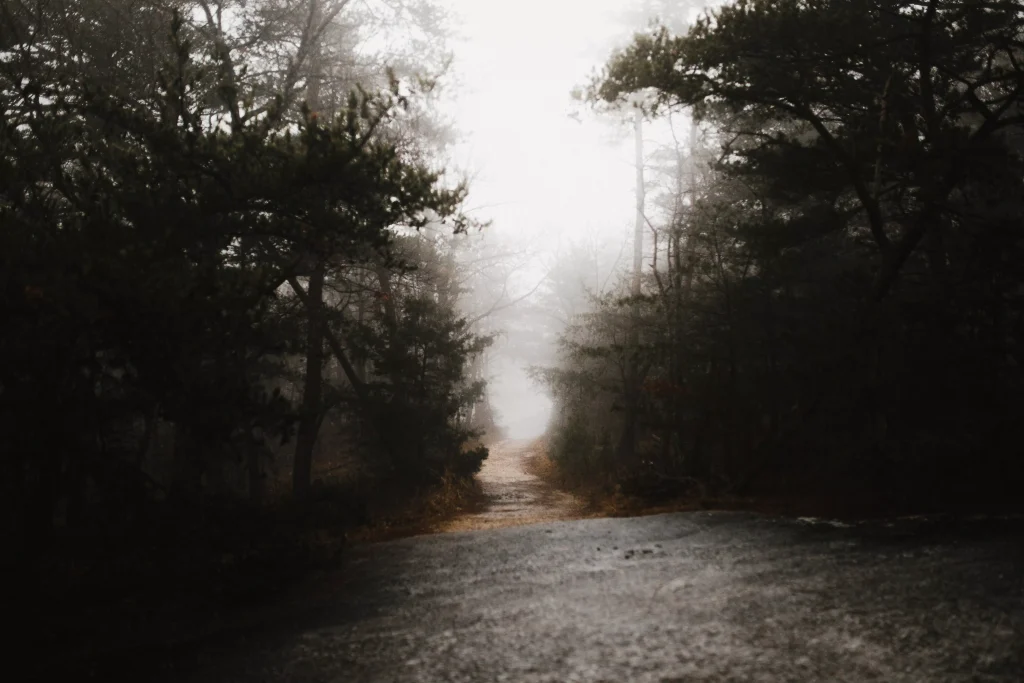
Deception Pass State Park is Washington’s most popular state park, with over two million visits each year. Deception Pass State Park, which stretches between the northern point of Whidbey Island and Fidalgo Island and is linked by an iconic high bridge across the Deception Pass canal, provides several opportunities to explore the Puget Sound region.
The Civilian Conservation Corps (CCC), which developed much of the park’s infrastructure in the 1930s, is responsible for many of the park’s amenities and accessibility. The Civilian Conservation Corps Interpretive Center in the Bowman Area of the park educates visitors about the CCC’s history. While the park’s history and the CCC are fascinating, it’s the diverse choice of recreational activities that keep visitors coming back throughout the year.
The park has both a harsh coastline and lovely interior scenery. Cranberry Lake is a popular fishing spot, and Cornet Bay has boat ramps. Many visitors to Rosario Beach have been known to spend hours examining the tidal pools. The old-growth woodlands of Deception Pass State Park are ideal for hiking.
Hiking pathways such as the Sand Dunes Interpretive Trail and parts of the Pacific Northwest National Scenic Trail are spectacular. Keep a lookout for the plentiful wildlife in the region, which includes orcas in the ocean and seagulls in the air.
This is one of the top campgrounds for weekend trips as it features a camping park, park roads, and many acres of wilderness to explore. A worthy mention here is the scenic vistas.
Olympic National Park
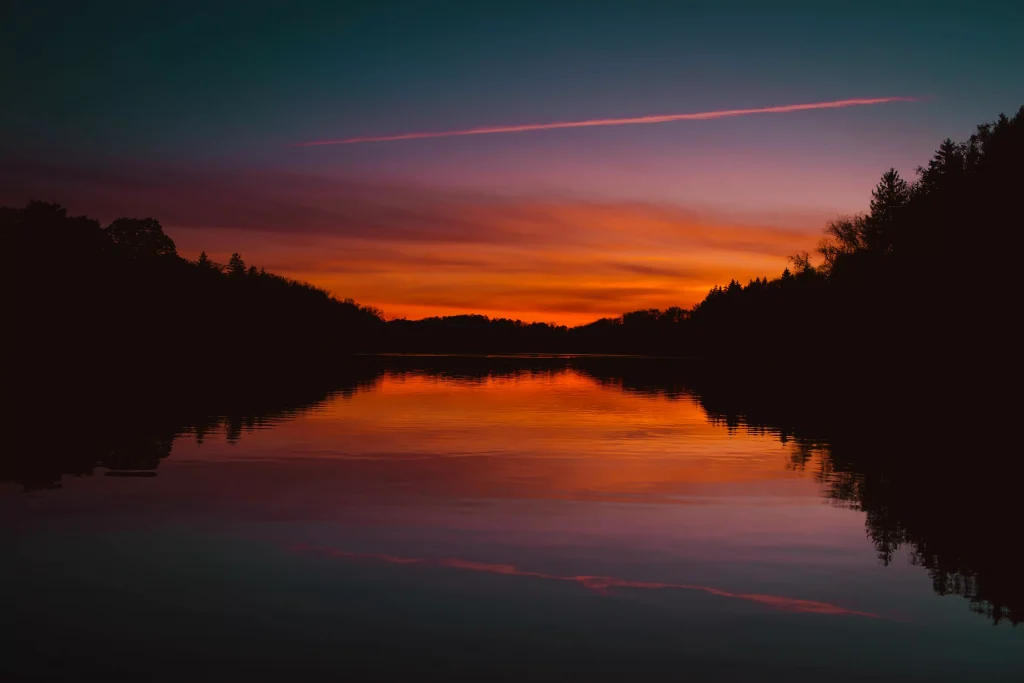
This is a Washington National Park and a Pioneer park in the region. Olympic National Park is known for its variety, with an incredible variation in elevation and precipitation. This park, which covers about one million acres, preserve unspoiled wilderness, a diverse range of ecosystems, and thousands of years of human history.
There are old-growth mild rain forests, glacier-capped mountains, over 70 miles of rough coastline, 600 lakes, and over 4,000 kilometers of streams and rivers to explore. The Olympic Peninsula of Fort Vancouver in the state of Washington is one of the best places. Visitors may camp in tents or RVs, stay in one of their magnificent villas, and backpack around the area.
Fishing, boating, kayaking, canoeing, bicycling, and hiking are all popular activities, as are coastal cleanups held every autumn and spring.
Ike Kinswa State Park

Ike Kinswa State Park is located on lovely Mayfield Lake, only a few minutes east of the 5 Freeway and surrounded by farmland and rolling hills.
The park is popular for swimming, boating, and a range of watersports such as paddle boarding and kayaking, with 421 acres and more than 46,000 feet of quiet freshwater beachfront along its northside. Tents in the woods, RV sites, and lakeside homes are among the camping possibilities.
Anglers go out expecting to capture the abundance of largemouth bass, rainbow trout, and tiger muskie that make these waters home. Hiking along the various paths, as well as bird and animal watching, are other popular pastimes. Check out also lake Chelan and Ross Lake.
Palouse Falls State Park
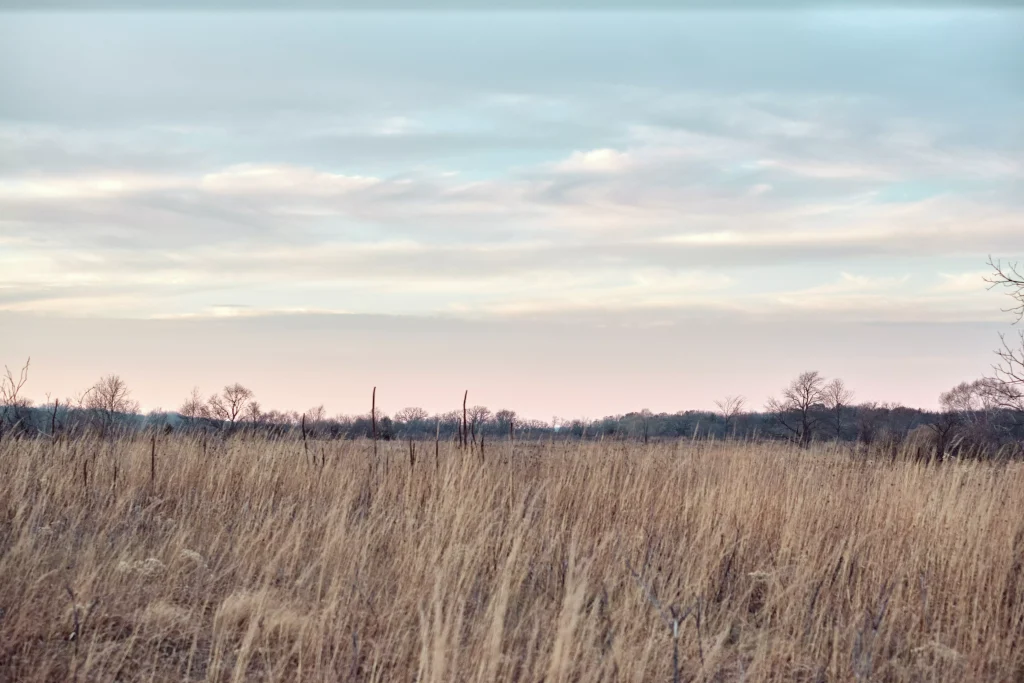
Palouse Falls State Park is located in the southeast part of Washington and is named after the 198-foot Palouse Falls waterfall. While the park’s major attraction is this gorgeous waterfall, which is sometimes referred to as the greatest in the state, many tourists come for the opportunity to be surrounded by nature.
Tent-only camping is available at Palouse Falls State Park. The region is traversed by a hiking route that is dotted with interpretive markers that describe the falls’ complex geological and cultural history.
Palouse Falls isn’t the most well-known state park in Washington, but it’s a terrific area to enjoy the peace and alone amid the high-desert landscapes of Southeastern Washington. As you discover pass, think about the park boundaries.
Lime Kiln Point State Park
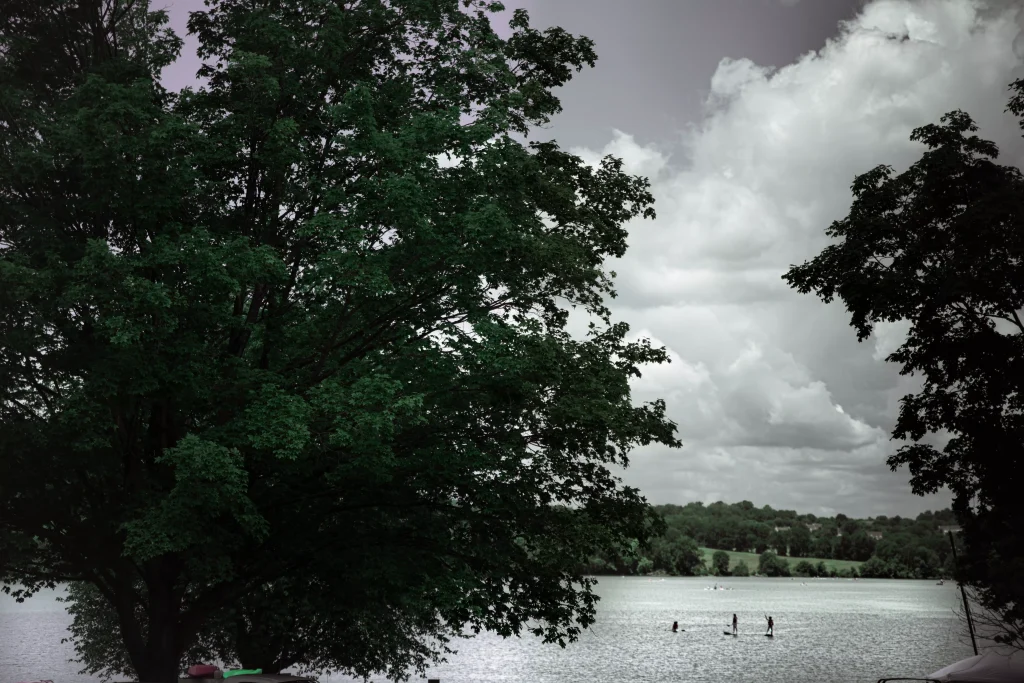
From May through September, Lime Kiln Point State Park, often known as “Whale Watch Park,” has lots of opportunity to see orcas. Throughout the remainder of the year, there is lots to do at this magnificent beachfront park.
Lime Kiln Point, on the west side of San Juan Island, is considered one of the greatest spots in the world to see whales. It’s difficult to miss the ancient lighthouse overlooking the beach while visiting this 36-acre day-use state park and appreciating the jagged coastline it surrounds.
The park’s Lime Kiln Point Interpretative Center provides interpretive information on the many creatures you’re likely to witness while visiting this magnificent state park. Friday Harbor, Washington is located at 1567 Westside Road.
A worthy mention is Marymoore park which is a great place for mountain biking and which has vehicle access.
Lake Wenatchee State Park
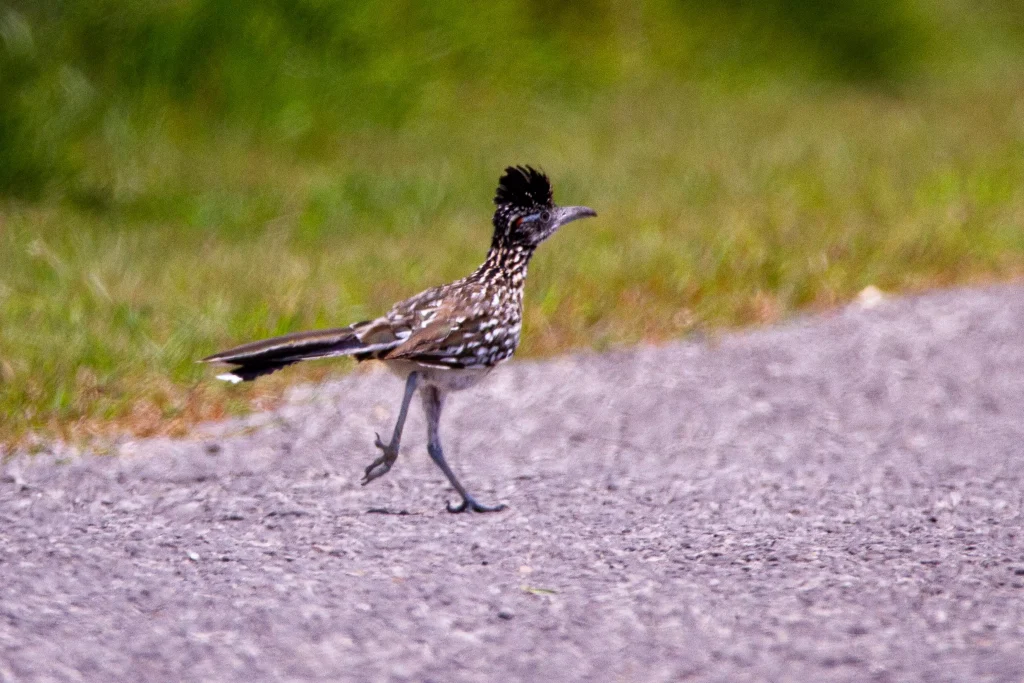
Lake Wenatchee State Park is a popular destination for Washington residents and visitors alike, located just 12 miles from the Bavarian-themed town of Leavenworth. The stunning vistas of Lake Wenatchee and the majestic Dirtyface Peak that towers above the waters entice a throng, but so does the extensive range of recreational opportunities.
While groomed cross-country ski tracks are available in the winter, the summer months attract the most tourists. The lake is popular for swimming and boating, and boat rentals are provided at the park. Inland activities at Lake Wenatchee include bicycling, hiking, and horseback riding.
Lake Wenatchee State Park has around 150 tent sites spread over two campsites if you want to stay the night. More than 40 sites to park and plug in an RV or motor home are available at the state park. For those who are willing to withstand the weather, winter camping is also accessible.
Cama Beach State Park
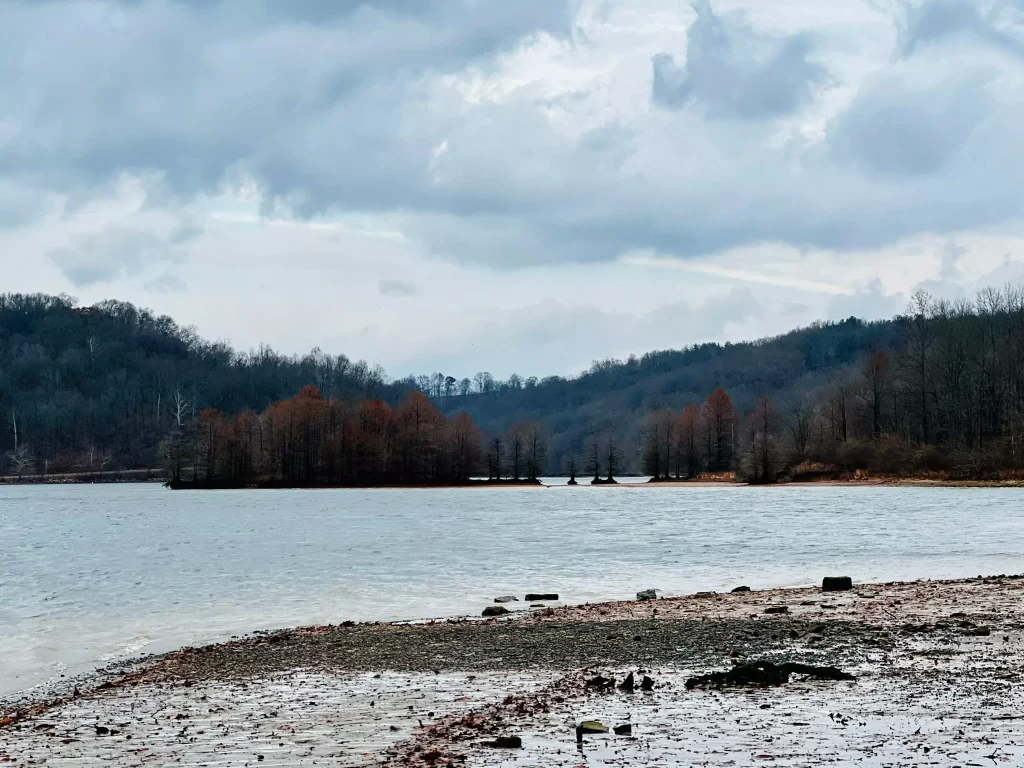
Camano Island State Park, located on Whidbey Island, is a picturesque state park with coastal cliffs and vistas of Puget Sound.
It’s near Seattle and features regular campgrounds and cottages for overnight stays.
It’s a calmer park than Cama Beach State Park nearby, with three miles of hiking paths and a mile-long bike route for getting outside and active.
Saltwater State Park

Plan a vacation to Saltwater State Park, which is just two miles from Interstate 5, for a beach retreat. It’s located on a length of beachfront between Seattle and Tacoma, making it a favorite spot for city people looking for some fresh air.
It’s Washington’s only state park featuring an underwater artificial reef for scuba divers to enjoy. There are additional campsites, a dump station, and facilities with showers in the park.
The best way for a beach gateway is also Ruby Beach which is available year-round and has close proximity to Saltwater.
Columbia Hills Historical State Park
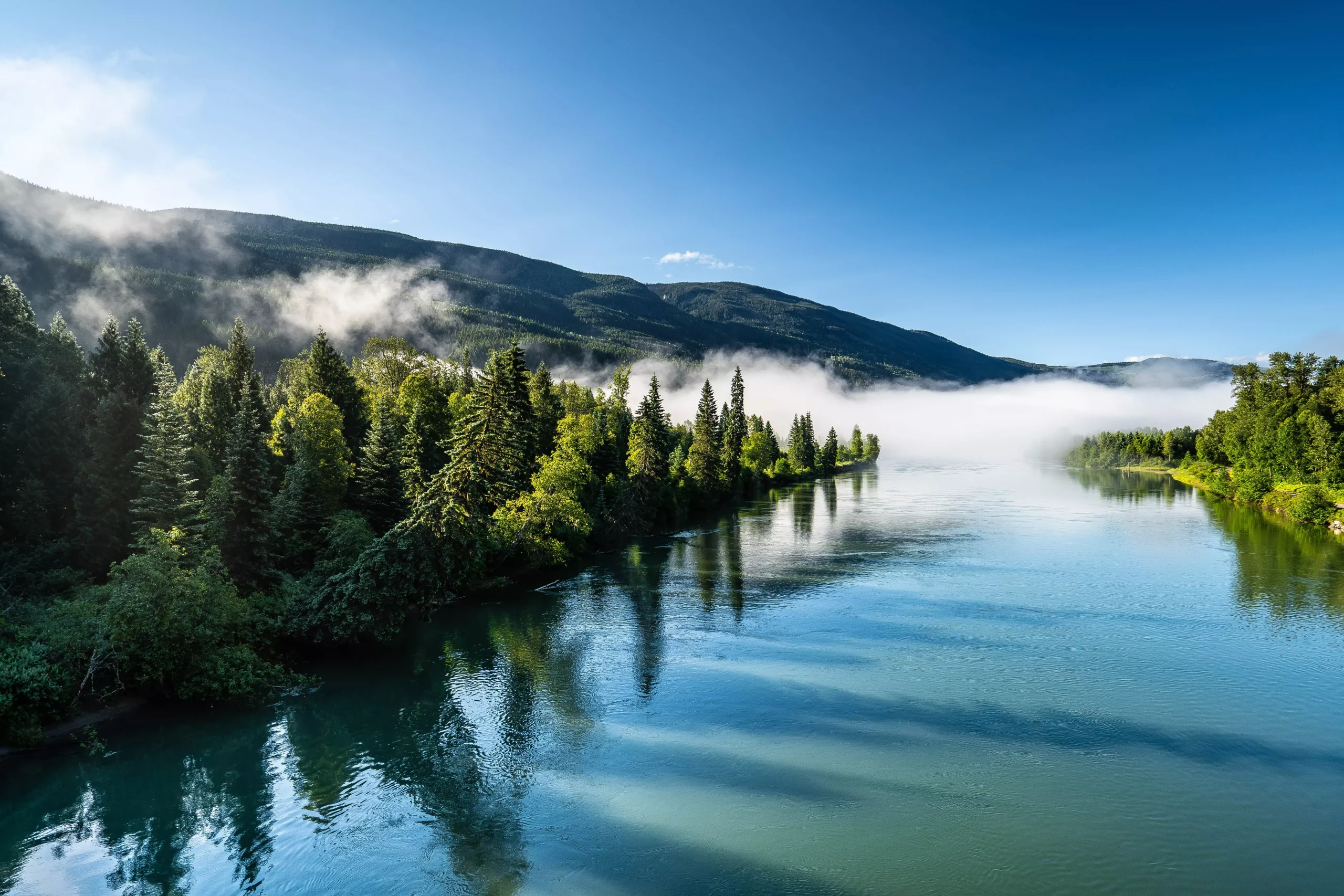
Columbia Hills Historical State Park is a 3,637-acre park with four unique areas to explore in Washington.
Horsethief Butte is a popular rock climbing area, and Horsethief Lake is a nice place to set up camp with your tent and RV after seeing the park’s Native American petroglyphs and pictographs. Crawford Oaks Trailhead provides access to several hiking, biking, and equestrian riding routes.
Meanwhile, tourists may learn about the history of the area at Dalles Mountain Ranch, a homestead ranch. The park has around seven miles of hiking trails, as well as boat ramps, ranger-led tours, fishing, and lake bathing.
Read more articles from the Lifestyle Category
